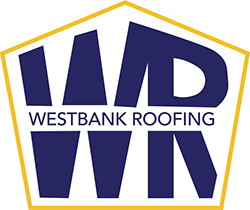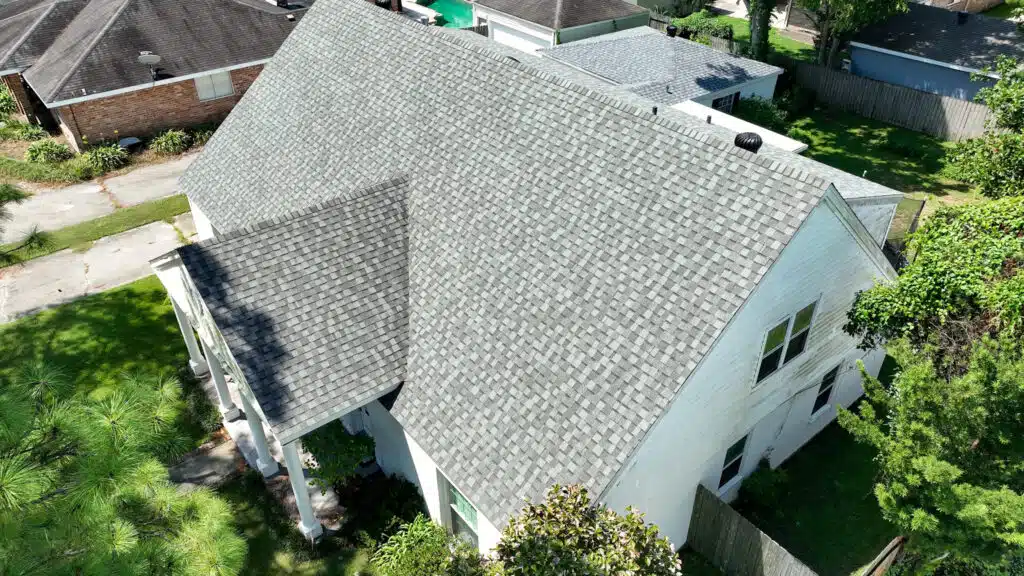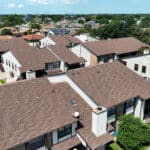Storm Damage? Here’s What to Do Before You Call a Roofer
Louisiana storms don’t play around. With high winds, heavy rain, and flying debris, these storms can cause serious damage to your home especially to your roof. But before you grab the phone and dial your roofer, there are a few important steps to take to assess the situation safely and avoid unnecessary stress.
Whether you have a pitched roof or a flat roof, understanding how to handle roof storm damage repair can save you time, money, and hassle. Here’s how to approach the situation:
First, Stay Safe and Don’t Climb Up
Your instinct after a storm might be to inspect the damage yourself. However, climbing up on your roof is risky, especially if the roof is wet, damaged, or unstable. You could be putting yourself in danger of falling or causing further damage.
Instead, inspect the roof from the ground using binoculars or your phone’s zoom feature. Look for signs of damage such as:
- Missing or curled shingles: This is a common indicator of wind damage. Missing shingles can expose the underlying layers to the elements, leading to leaks.
- Debris like tree limbs: Fallen tree limbs or branches can puncture your roof or cause other structural issues.
- Water stains on exterior walls: Water stains on the exterior walls or foundation could indicate that rainwater has seeped into your roof or attic.
- Visible damage to gutters or flashing: Check the gutters and flashing around chimneys or vents. These components can be easily damaged and may need repair to prevent water from infiltrating your home.
If you notice any of these signs or suspect serious issues, don’t hesitate to call a professional for roof storm damage repair.
Document the Damage for Insurance
Before cleaning up or making any repairs, document the damage to ensure you have the proper evidence for your insurance claim. This documentation can also help your roofer assess the problem faster and more accurately.
Here’s how to document the damage:
- Take clear photos of visible damage: Capture close-ups of the damage and wide-angle shots to show the overall impact of the storm.
- Record the date and time of the storm: This will help link your damage to the specific weather event for your insurance company.
- Note anything unusual you noticed during or after the storm: If you heard unusual sounds like banging, experienced leaks, or saw any significant changes during the storm, make sure to note these details. It will help the roofer understand the full extent of the problem.
This documentation will make the insurance claims process much smoother and quicker.
Know What Kind of Roof You Have
Understanding the type of roof you have can make a significant difference when it comes to assessing and repairing damage. The two most common roof types in Louisiana are pitched roofs and flat roofs and each type requires different attention when it comes to storm damage.
Pitched Roofs:
- Shed water more easily: The slope of pitched roofs helps water flow off, reducing the risk of standing water.
- Prone to shingle damage and flashing leaks: High winds can cause shingles to tear off, while the flashing around chimneys or vents can be compromised.
- Visibly damaged areas are easier to spot: Due to the slope, damage may be more apparent after a storm.
Flat Roofs:
- May retain water, leading to hidden leaks: Flat roofs don’t shed water as efficiently, so pooling water can lead to hidden leaks or membrane damage.
- Can suffer from membrane punctures or bubbling: The membrane covering flat roofs is prone to punctures or bubbling from wind and debris, which may not be immediately visible.
- Require more in-depth inspection: Hidden leaks or membrane damage are harder to spot on a flat roof, so a professional inspection is essential after a storm.
Both roof styles come with their own set of challenges when it comes to storm damage. If you’re unsure which roof type is best suited for your home, Westbank Roofing can help you determine the ideal solution during a full roof inspection or replacement.
When to Call the Professionals
Once you’ve done your visual checks and documented the issues, it’s time to call in the professionals. Westbank Roofing specializes in:
- Roof storm damage repair: Our team can quickly assess the damage and provide expert repairs.
- Full roof inspections after severe weather: We offer detailed inspections to ensure there are no hidden issues that could turn into bigger problems.
- Emergency tarp service: If your roof has a significant leak, we can provide an emergency tarp to protect your home from further damage until repairs are made.
- Roofing replacement for both pitched and flat roof systems: If your roof has sustained major damage, we can handle everything from repairs to full replacements.
We provide fast, reliable assessments with no pushy upselling just honest, dependable service to ensure your home is safe and secure.
Don’t Wait Too Long
Storm damage doesn’t fix itself. In fact, the longer you wait, the worse the damage can get. A few missing shingles today can lead to serious interior water damage tomorrow. Leaks can cause mold, rot, and even structural damage if not addressed promptly. If you’ve noticed any damage to your roof, don’t wait for the next storm to make it worse. Call Westbank Roofing to have your roof inspected and repaired before the next bad weather hits.
Contact Westbank Roofing for Fast, Reliable Roof Storm Damage Repair
If you’ve experienced roof storm damage, don’t hesitate to call Westbank Roofing for professional repair services. We’re here to help you get your home back to normal quickly and safely. We serve homeowners across the West Bank and beyond with expert storm response roofing services.
📞 Call us today: 504-340-4977
📧 Email: [email protected]
🌐 Visit us online to schedule a consultation.
Let’s protect your home from future storms and get your roof back in top shape.




